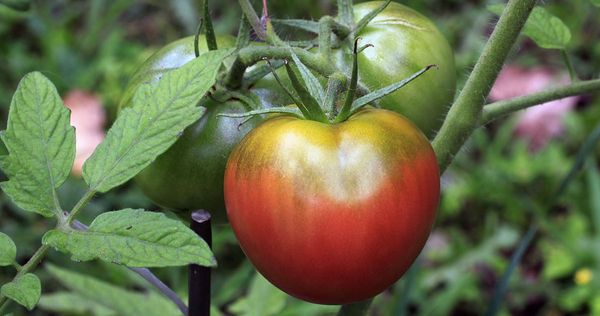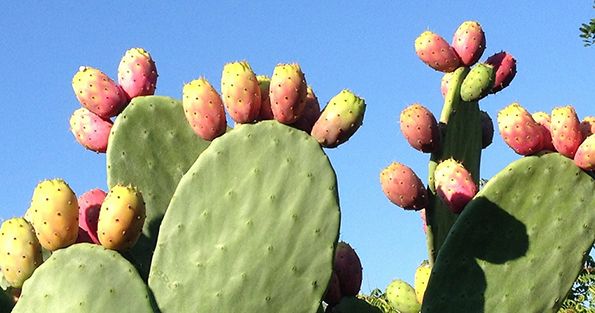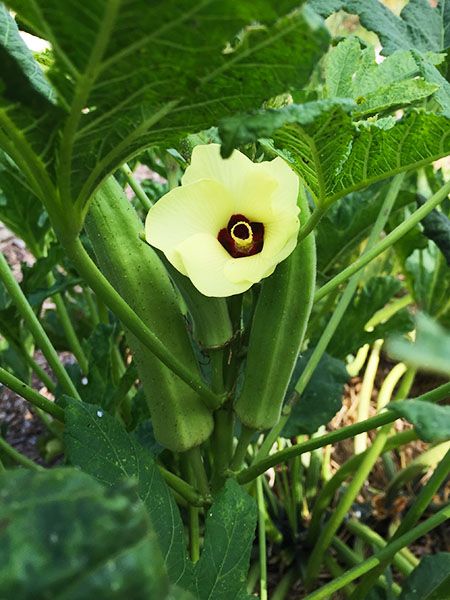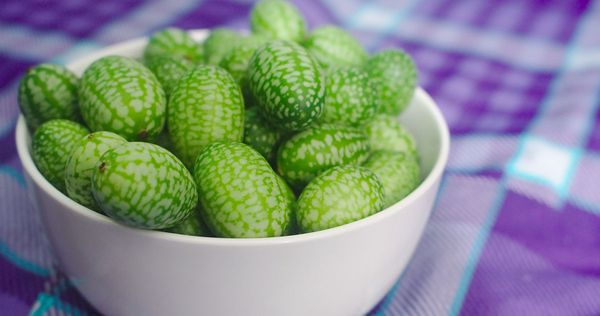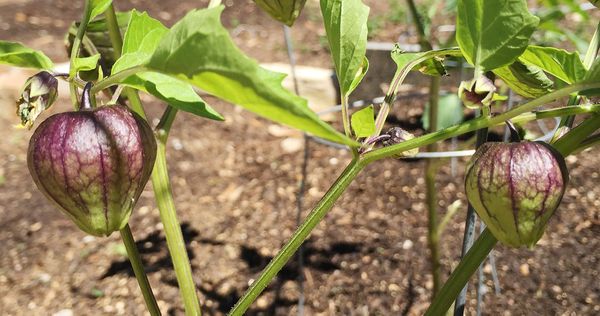Are you getting bored of growing the same fruits and veggies season after season? Our Central Texas climate limits the variety of things we can grow here, but we bet there are few plants that you just haven't thought of. See our list below for some fun ideas on plants you can try out in your new spring garden.
Color Explosion
Experiment with heirloom varieties of your usual garden staples. There are thousands of tomato species, and we are doing a disservice to our stomachs by only sticking to Romas and Cherries when a rainbow of other tomato species can grow just as well here in Central Texas. Varieties like Yellow Pear, Indigo Sun, and Cherokee Purple tomatoes run the gamut of colors, shapes, and flavors. The vined cages of your garden will be filled with sunset-inspired shades of yellow, orange and purple in no time!

